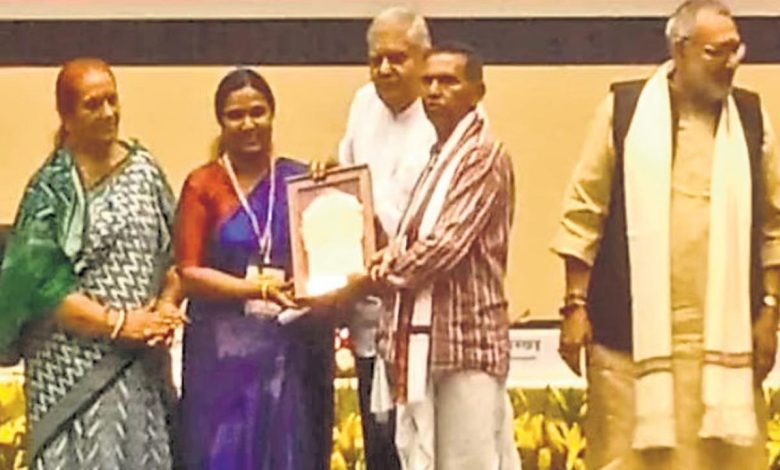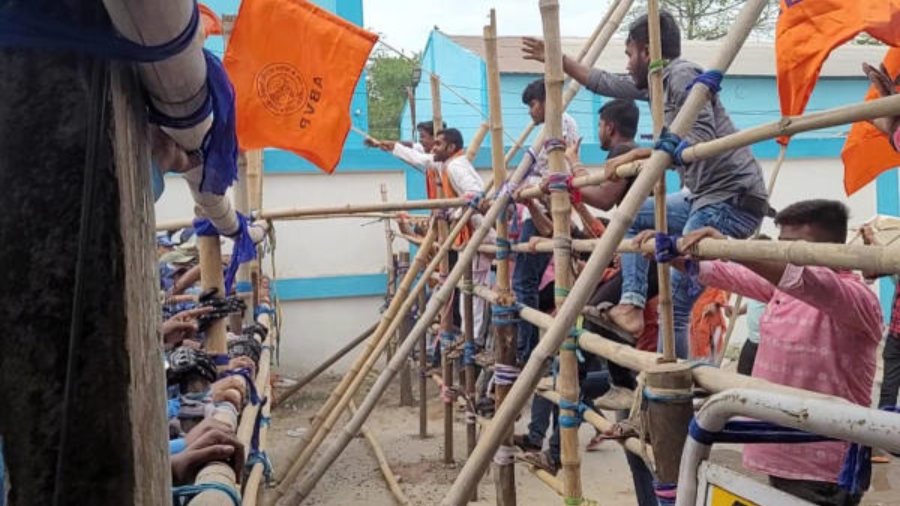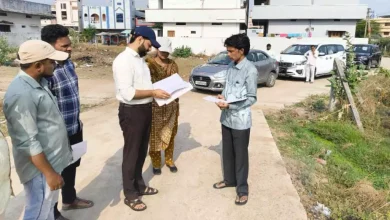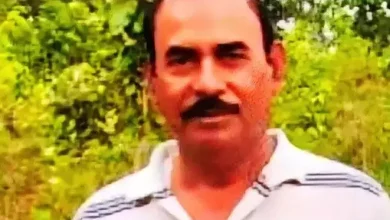Six yards of Odisha’s GI treasures

SONEPUR: Speak of Sambalpuri Bandha (Ikat or tie and dye) and images of traditional designs and motifs done in exuberant colours come to mind. But at master weaver and tie and dye craftsman Rasananda Meher’s workshop, tucked in a small lane at Tikirapada village of Sonepur, the Ikat weaves are an amalgamation of tradition and modernity. A glaring example is his latest creation – a saree titled ‘GI Heritage of Odisha’.
The exquisite silk saree showcasing 17 products of Odisha that had received the Geographical Indication (GI) tag till 2022, fetched him the prestigious National Handloom Award from the Ministry of Textiles earlier this week. After years of planning, it took him three months to weave it including two months spent on the tie and dye process alone.
Sonepur, the hub of Ikat weaving in western Odisha, is home to at least 6,000 weavers and 200 of them including Rasananda reside in Tikirapada village under Subalaya panchayat. Born into a family of traditional weavers, Rasananda had mastered tie and dye technique for traditional motifs in his 20s. Now 66 years old, the weaver began toying with the idea of weaving modern designs on sarees a few years back when he realised its increasing demand in the market. Inspiring him to do so was his son Biswanath, a fourth generation weaver.
So what makes his ‘GI Heritage of Odisha’ saree unique? “It has three GI elements. It is a Sambalpuri Bandha saree representing Odisha Ikat style while showcasing the GI products of Odisha. Sambalpuri Bandha and Odisha Ikat are also GI tagged,” said Rasananda.
Done in ‘Nabakothi’ style, the saree does not just give information on the GI products but also depicts their application numbers, logos, locations, pictures and taglines. The ‘anchal’ of the six yards fabric gives out names of the state’s GI products with a tagline ‘Invaluable Treasures of Incredible India’ while the body has all the details of the products including their GI registration numbers. A saree with similar GI concept had won him the State Handloom Award last year.
“This is a one-of-its-kind saree. Because, weaving a saree as detailed as this one needs high level of expertise, concentration and skill. The design will not make sense if the tie and dye is not done properly. In contrast, an imperfect traditional design can be passed off as a design because of our familiarity with it,” Sabat said.





